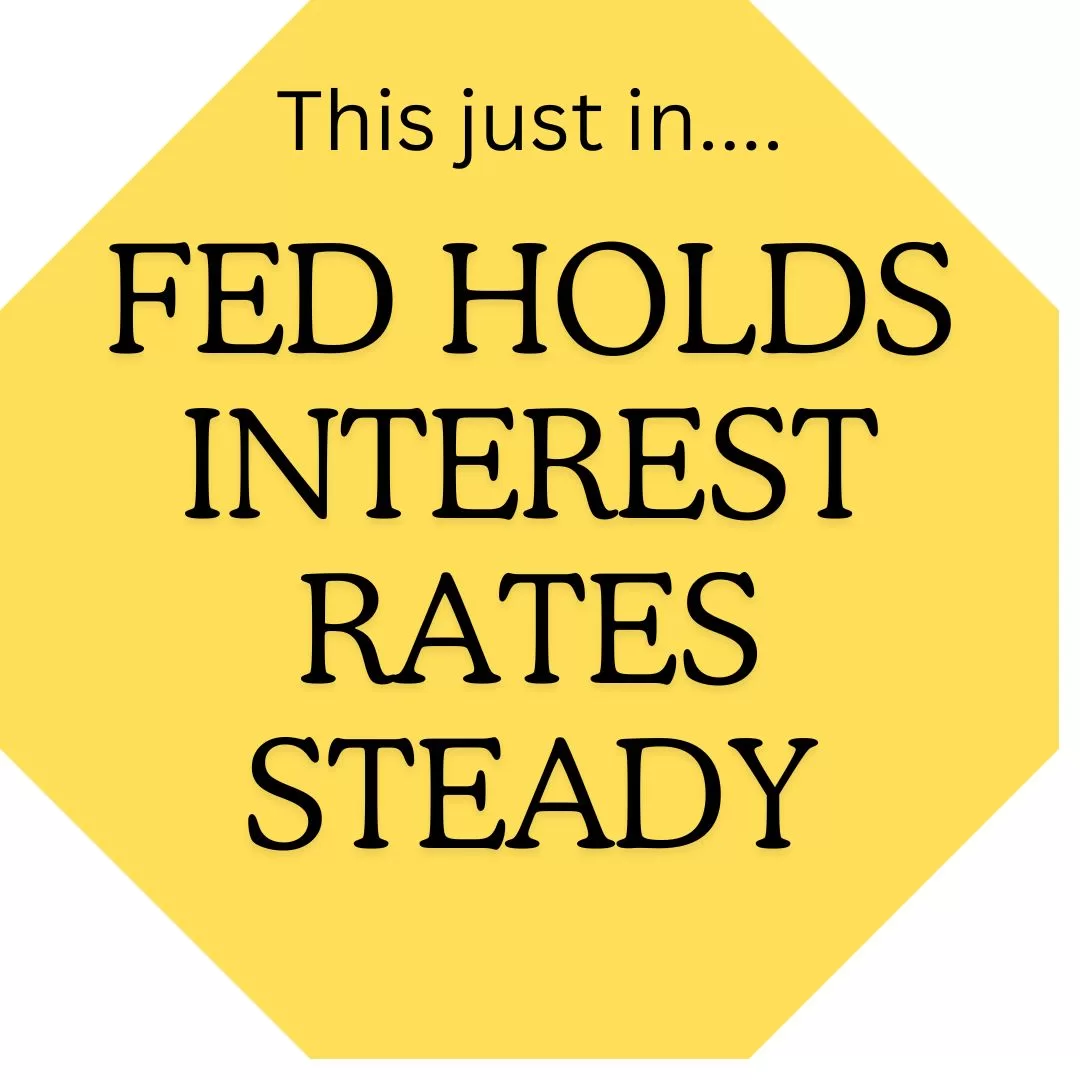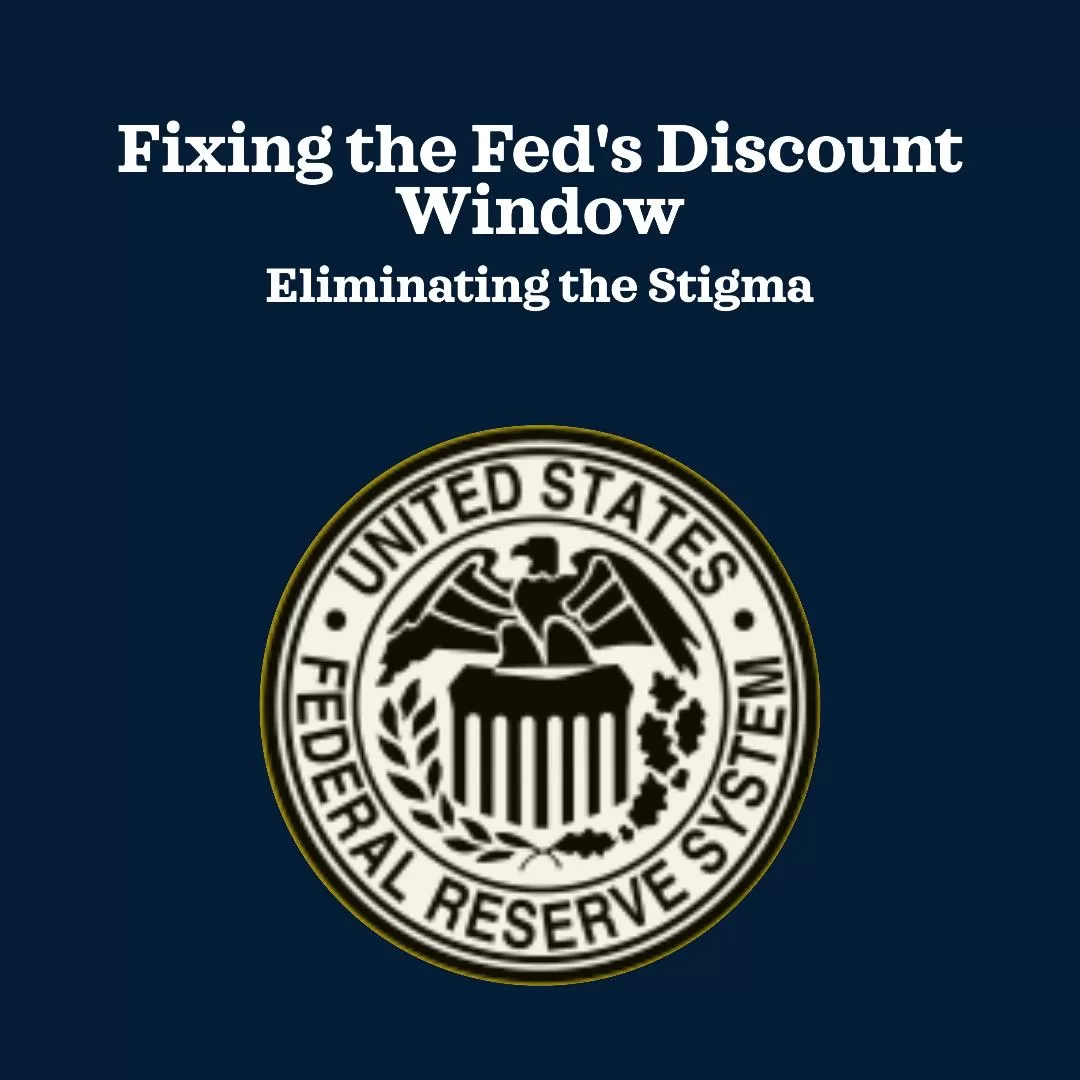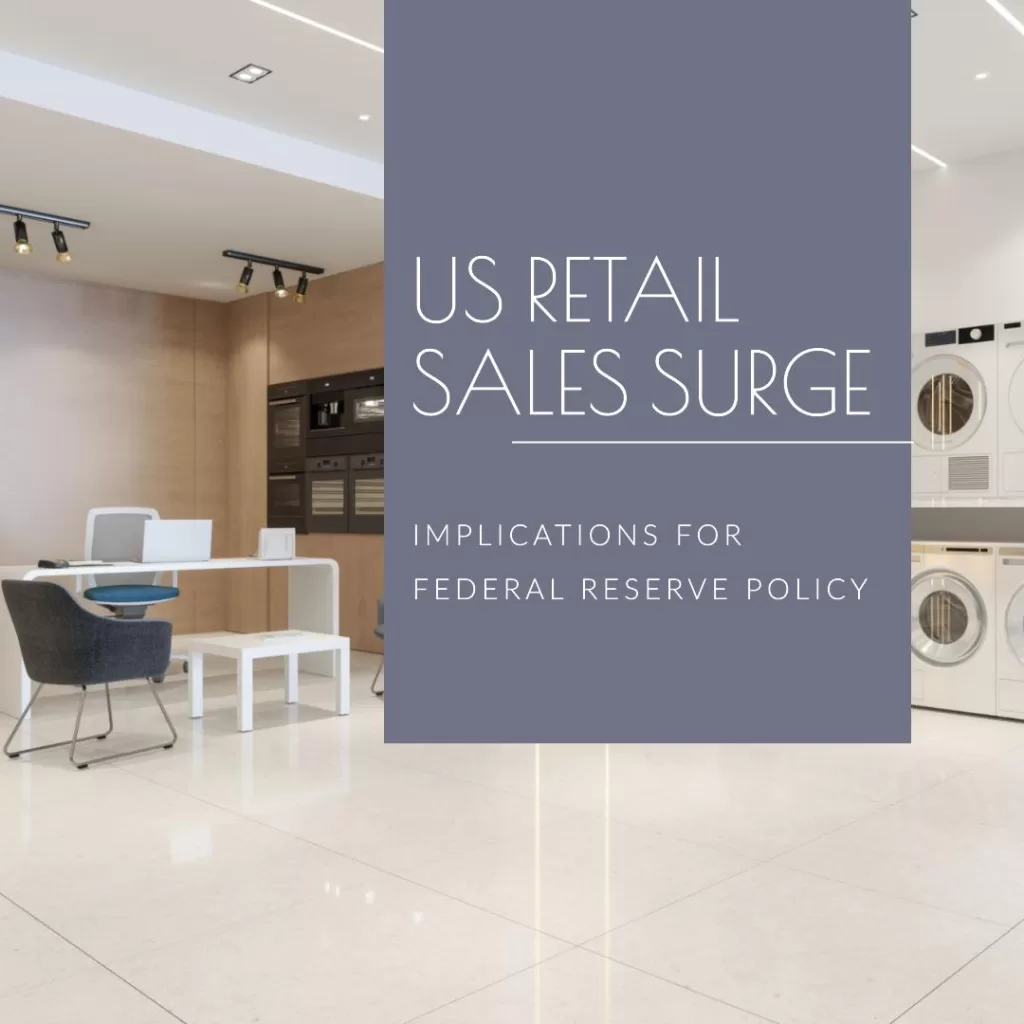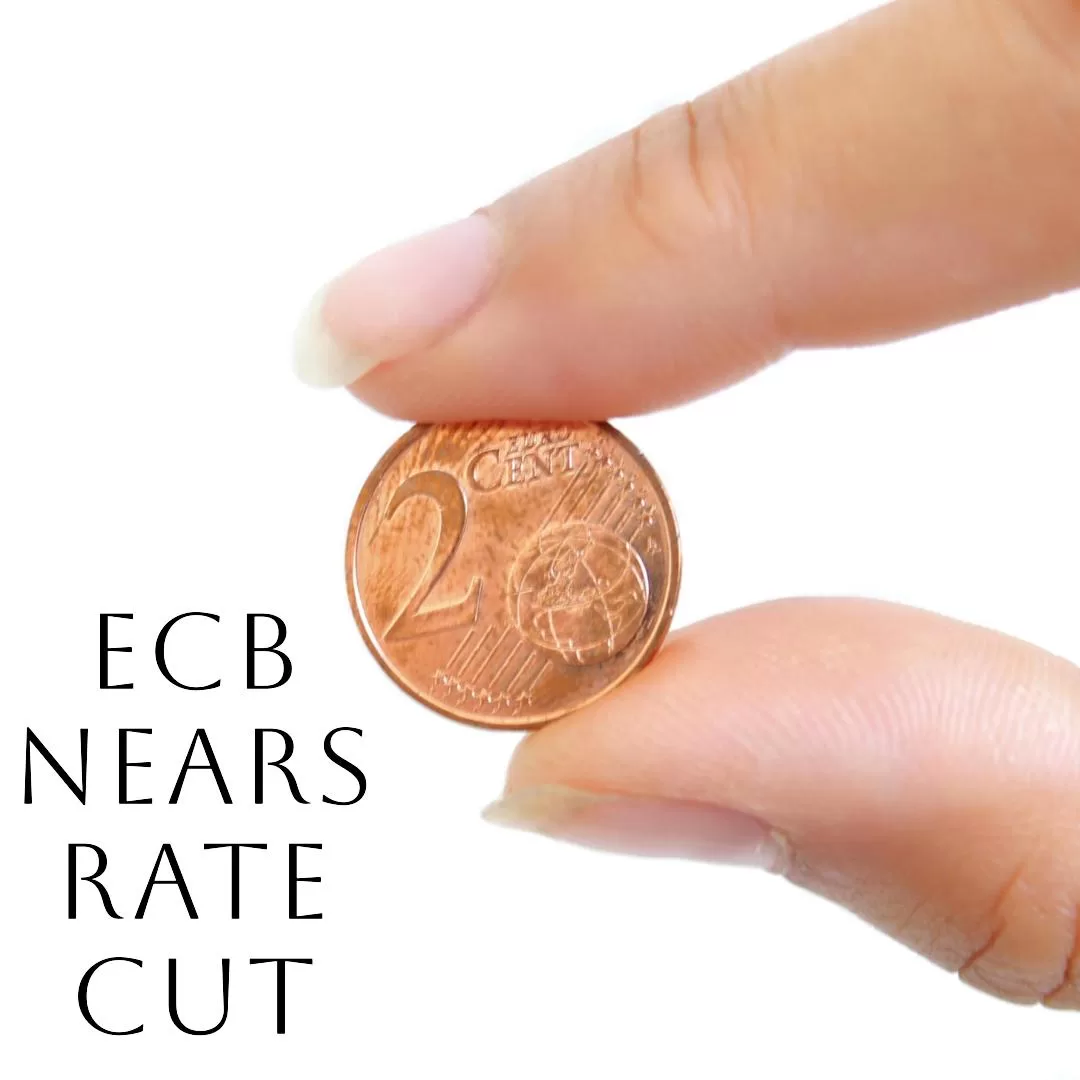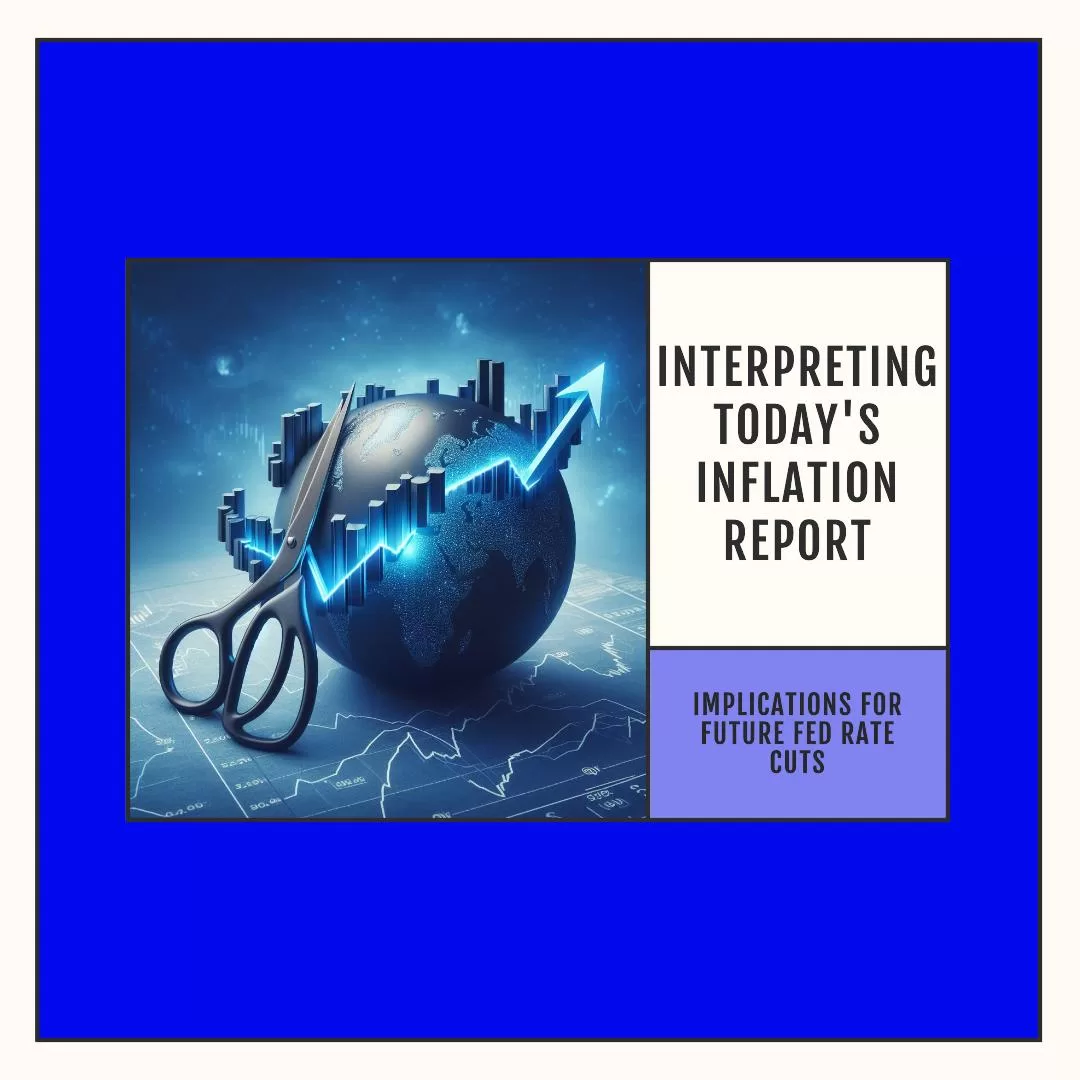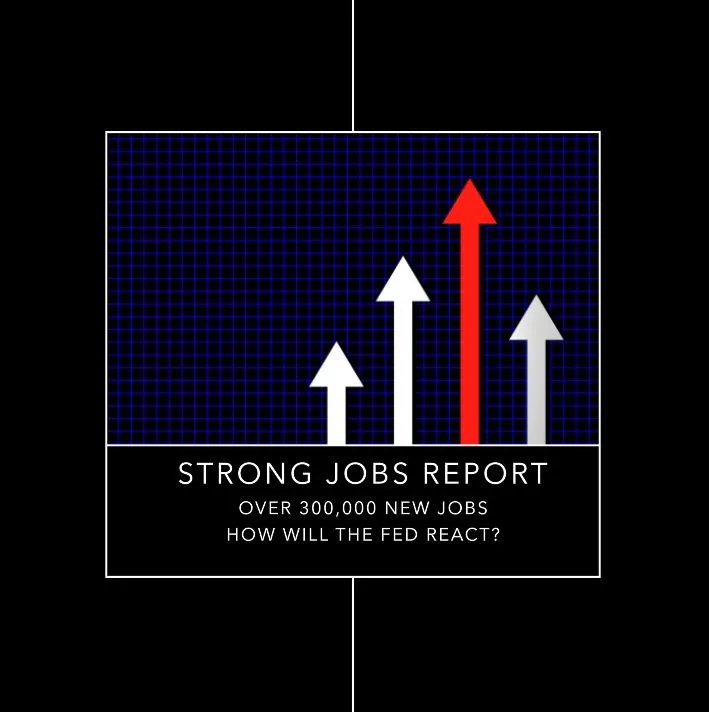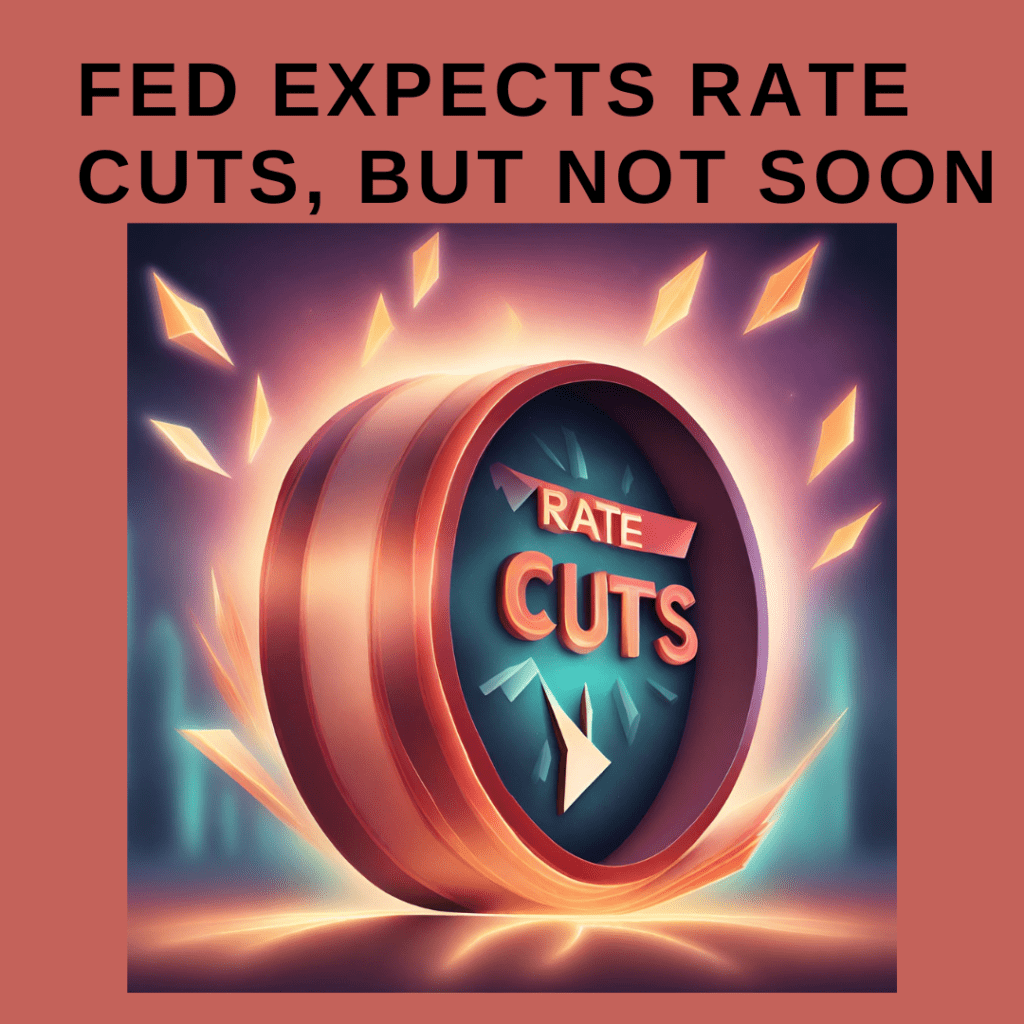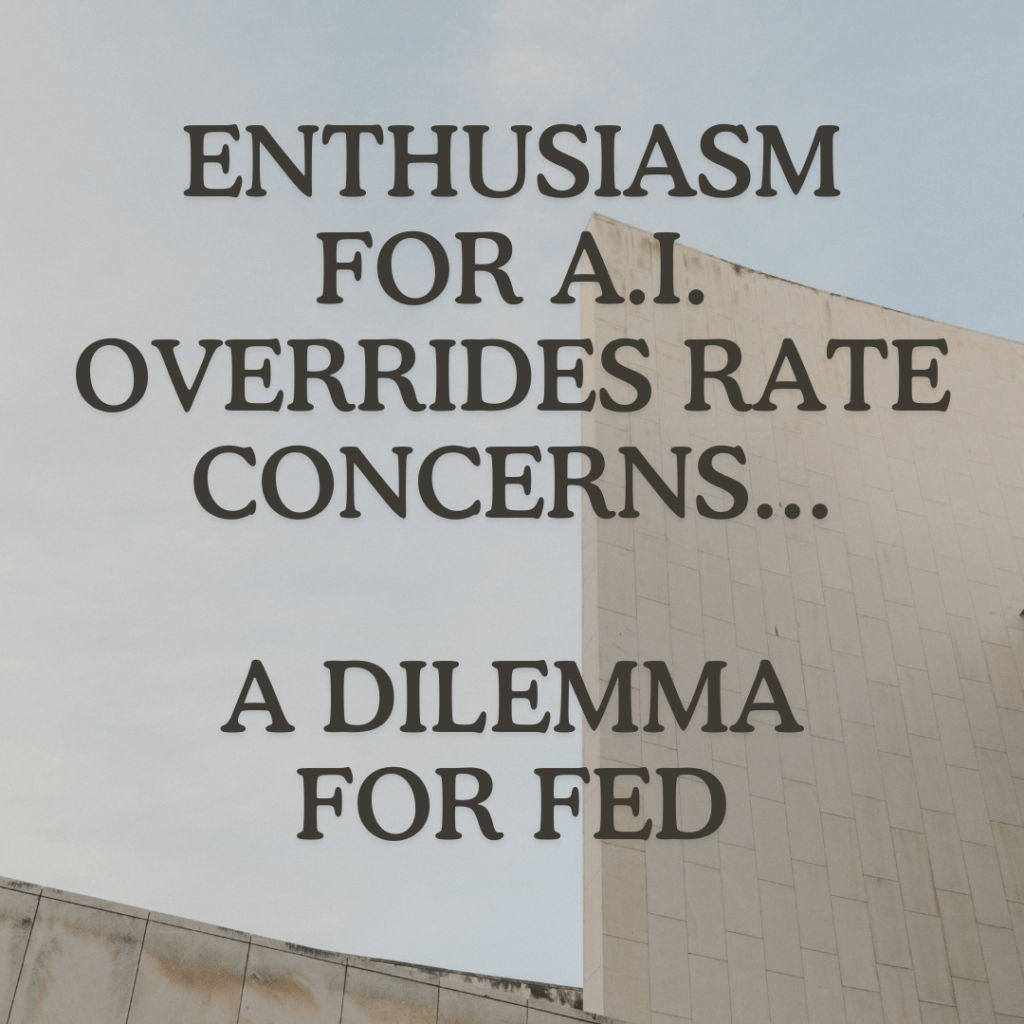Few metrics hold as much sway and significance as interest rates. From impacting borrowing costs to influencing investment decisions, fluctuations in interest rates can reverberate throughout the global economy. Chief Financial Officers (CFOs) are key figures in navigating these dynamics, as their insights and strategies shape how businesses respond to changing interest rate environments. In this article, we delve into the perspectives of CFOs regarding the direction of interest rates, exploring their sentiments, predictions, and the implications for corporate decision-making.

Understanding the Significance of Interest Rates: Interest rates serve as a fundamental mechanism for regulating economic activity. Central banks adjust interest rates to manage inflation, stimulate economic growth, or curb excessive borrowing. For businesses, interest rates directly influence the cost of capital, impacting investment decisions, capital expenditures, and overall financial health.
Insights from CFO Surveys: Numerous surveys and studies regularly gauge the sentiments of CFOs regarding interest rate trends. These surveys provide valuable insights into how finance leaders perceive the trajectory of interest rates and the potential implications for their organizations.
- Optimism Amidst Uncertainty: CFO sentiment towards interest rates often reflects broader economic outlooks. During periods of economic expansion and stability, CFOs may express confidence in a gradual increase in interest rates, signaling robust growth prospects. Conversely, economic uncertainty or recessionary concerns may lead CFOs to anticipate rate cuts or prolonged low rates to stimulate economic activity.
- Impact on Financing Decisions: Interest rate forecasts significantly influence corporate financing decisions. CFOs must weigh the benefits of accessing capital at lower rates against the potential risks of rising borrowing costs. For instance, in a low-interest-rate environment, companies may pursue debt financing for expansion projects or strategic acquisitions. Conversely, rising interest rates may prompt a shift towards equity financing or tighter capital expenditure controls to manage financial risk.
- Hedging Strategies and Risk Management: CFOs employ various hedging strategies to mitigate the impact of interest rate fluctuations on their organizations. Interest rate swaps, options, and other derivative instruments enable companies to lock in favorable rates or protect against adverse movements. These risk management tactics are essential for safeguarding financial stability and ensuring resilience against volatile market conditions.
- Global Macroeconomic Factors: Interest rate trends are influenced by a complex interplay of global macroeconomic factors, including geopolitical events, monetary policy decisions, and inflationary pressures. CFOs must closely monitor these developments and adapt their strategies accordingly to navigate evolving market dynamics and mitigate potential risks to their businesses.
In an ever-changing economic landscape, CFOs play a pivotal role in interpreting and responding to interest rate trends. By staying attuned to market signals, leveraging financial instruments, and implementing prudent risk management practices, CFOs can steer their organizations through uncertain times and capitalize on opportunities for sustainable growth and value creation. As interest rates continue to evolve, CFOs will remain vigilant, ensuring that their organizations remain agile and resilient in the face of economic uncertainty.

